Ever wondered why that nagging pain in your lower back just won’t go away? The answer might lie in a small but mighty muscle called the piriformis. I’m here to guide you through effective piriformis massage techniques. These could be the key to unlocking relief from sciatic nerve pain and managing lower back discomfort.
The piriformis muscle plays a crucial role in hip rotation and stability. When it becomes tight or irritated, it can lead to a cascade of issues. This includes sciatica and persistent lower back pain. Mastering the art of piriformis massage can be a game-changer for those seeking natural pain relief methods.
In this comprehensive guide, I’ll walk you through easy-to-follow piriformis massage techniques. Designed to target this often-overlooked muscle, these methods can help you take control of your pain management journey. Whether you’re an athlete looking to enhance performance or someone dealing with chronic discomfort, these techniques can be a game-changer.
Key Takeaways
- Piriformis massage can alleviate sciatic nerve pain and lower back discomfort
- Regular massage techniques help release tension in the piriformis muscle
- Self-massage methods can be easily incorporated into daily routines
- Proper technique is crucial for effective piriformis massage
- Combining massage with stretches enhances overall muscle health
- Consistent piriformis care can improve flexibility and performance
Understanding the Piriformis Muscle
The piriformis muscle is key to our lower body’s function. I’ll dive into its details, including its anatomy, common problems, and why it’s important for our health.
Anatomy and Function
The piriformis muscle is shaped like a pear. It connects from the sacrum to the top of the femur. It helps rotate the hip outward and aids in hip abduction when the leg is bent.
Common Issues with the Piriformis
Piriformis syndrome is a common issue. It happens when the muscle presses on the sciatic nerve, causing pain. This pain can spread to the buttocks and leg, needing special care for lower back pain.
Importance of Piriformis Health
Keeping the piriformis healthy is crucial for our lower body. Regular massages for the hip flexor can prevent problems. This helps us stay active and perform well in sports.
| Aspect | Impact on Health | Recommended Care |
|---|---|---|
| Flexibility | Improves range of motion | Regular stretching |
| Strength | Enhances pelvic stability | Targeted exercises |
| Relaxation | Reduces nerve compression | Massage techniques |
Signs You Need to Release Your Piriformis

It’s important to know when your piriformis muscle needs attention. Ignoring these signs can lead to long-term discomfort and less mobility.
Hip pain is a key indicator. This pain often spreads from the buttocks to the back of the thigh. If you’re feeling this pain, it might be time to try piriformis trigger point release techniques.
Sciatica symptoms are another warning sign. You might feel tingling, numbness, or a burning sensation from your lower back to your leg. A tight piriformis muscle is often the cause.
Lower back pain, especially with discomfort in the sacroiliac joint, can also point to piriformis issues. This pain may get worse with sitting or certain movements.
| Symptom | Possible Indication |
|---|---|
| Hip pain | Tight piriformis muscle |
| Sciatica-like symptoms | Piriformis compression on sciatic nerve |
| Lower back pain | Piriformis syndrome |
| Posterior pelvic tilt | Muscle imbalance involving piriformis |
If you notice any of these signs, act quickly. Early treatment with proper piriformis release techniques can stop further problems. It helps keep your hip and lower back working well.
Preparing for Piriformis Massage
Getting ready for a piriformis massage is key to its success. I’ll show you how to prepare well for this self-myofascial release technique.
Creating a Comfortable Environment
Choose a quiet space with soft lighting for your massage. A room temperature of about 72°F (22°C) is ideal. Use a yoga mat or soft blanket on the floor for cushioning.
Necessary Tools and Equipment
Get your piriformis massage tools ready. Here’s what you’ll need:
- Foam roller
- Tennis ball or lacrosse ball
- Massage gun (optional)
- Towel or small pillow for support
Warming Up the Area
Warm up your piriformis muscle before the massage. Try light stretches or a warm compress for 5-10 minutes. This boosts blood flow and softens the tissue.
| Warm-up Method | Duration | Benefits |
|---|---|---|
| Light stretches | 5 minutes | Improves flexibility |
| Warm compress | 10 minutes | Increases blood flow |
| Gentle walking | 5-10 minutes | Activates muscles |
Avoid crossing your legs or sitting with knees too close before the massage. This can make the piriformis muscle tighter, making the massage harder.
How to Massage Piriformis Muscle: Step-by-Step Guide
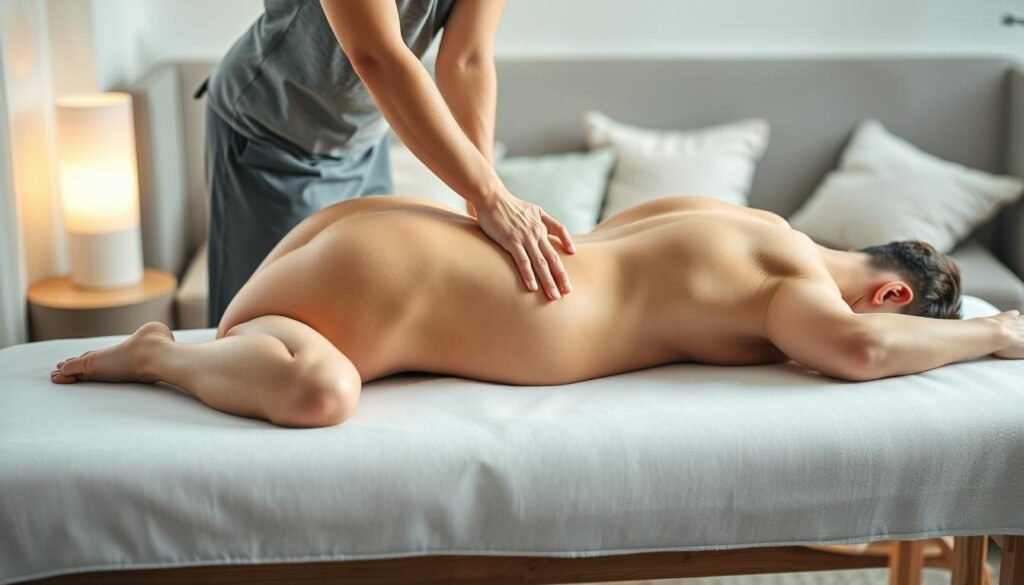
I’ve learned how to massage the piriformis muscle and I’m eager to teach you. This method is great for easing pain in the piriformis area.
First, find your piriformis muscle. It’s hidden under the gluteal muscles, linking your sacrum to the outer hip. Use your thumbs or elbow to softly feel this spot.
- Start with light pressure and move in circular motions to warm up the area.
- Slowly add more pressure as the muscle starts to relax.
- Pay special attention to where the sacrum meets the outer hip.
- Use a mix of gliding strokes and focused pressure on certain spots.
Be gentle when massaging the piriformis. Hard pressure can make it hurt or tighten up.
| Technique | Pressure Level | Duration |
|---|---|---|
| Circular Motions | Light to Moderate | 2-3 minutes |
| Gliding Strokes | Moderate | 1-2 minutes |
| Targeted Pressure | Moderate to Firm | 30 seconds per point |
By following these steps, you’ll get better at massaging the piriformis muscle. Doing it regularly can help a lot with pain and make you more flexible.
Piriformis Release Techniques

Effective piriformis release needs a mix of techniques. I’ll show you three powerful methods to ease tension and discomfort in this key muscle.
Myofascial Release
Myofascial release for piriformis means applying steady pressure to the muscle and its fascia. This method loosens tight tissues, boosts flexibility, and cuts down pain. Find the piriformis and press firmly for 30-60 seconds, increasing pressure as it relaxes.
Trigger Point Therapy
Trigger point therapy focuses on sensitive spots in the piriformis muscle. These spots can send pain to other areas. Press directly on the trigger point for 10-30 seconds, then release. Do this several times, targeting different spots in the muscle.
Deep Tissue Massage
Deep tissue massage for piriformis uses firm pressure and slow strokes to reach deep muscle layers. It breaks up scar tissue and eases muscle tension. Start with light pressure and increase as the muscle relaxes. Focus on knots or tight spots along the piriformis.
Using these piriformis release techniques together offers a full approach to managing discomfort and enhancing muscle health.
Self-Massage Techniques for Piriformis Relief
Learning self-massage for piriformis can change your life if you’re looking for relief at home. I’ve found these DIY techniques to be effective and simple to add to my daily routine.
One of my top methods is using a tennis ball. I lie on my back, put the ball under my buttock, and roll to find sore spots. When I hit one, I hold for 30 seconds to 4 minutes, breathing deeply to relax the muscle.
For a more precise approach, I use my knuckles or thumbs in circular motions. This lets me control the pressure and target specific pain points.
“Remember, consistency is key when it comes to self-massage for piriformis relief. Even a few minutes daily can make a significant difference.”
To get the most out of these techniques, I’ve made a simple routine:
| Technique | Duration | Frequency |
|---|---|---|
| Tennis Ball Roll | 5-10 minutes | Daily |
| Knuckle Massage | 2-3 minutes per side | 2-3 times per week |
| Thumb Pressure | 30 seconds per spot | As needed |
By adding these self-massage techniques to my routine, I’ve seen big improvements in my piriformis pain. Always listen to your body and adjust the pressure and time as needed for the best relief at home.
Using Tools for Piriformis Massage
Using the right tools can really help with piriformis pain. Let’s look at some good options for self-massage.
Foam Roller Exercises
A foam roller is a big help for piriformis pain. I sit on the roller with one leg over the other. Then, I roll back and forth over the tight area.
Tennis Ball Massage
Tennis ball massage is great for pinpointing areas. I put a tennis ball under my buttock and sit on it. This presses on the piriformis muscle.
By moving a bit, I find sore spots. I hold the pressure for 30 seconds to a minute.
Massage Gun Techniques
A massage gun is a new but effective tool. I set it to low speed and move it over the piriformis. The vibrations relax the muscle and ease pain.
Start with light pressure and increase as needed.
Consistency is key with these tools. I use them daily for the best results. If pain doesn’t get better or gets worse, see a healthcare pro.
Stretches to Complement Piriformis Massage
Adding piriformis stretches to massage can really help with flexibility and pain relief. I’ve seen big improvements in my hip and lower back health by doing these stretches regularly.
The seated piriformis stretch is a favorite of mine. I sit on the floor, cross one leg over the other, and pull my knee towards my chest. This stretch is great for the piriformis muscle and helps with sciatica-like symptoms.
The supine piriformis stretch is another favorite. I lie on my back, cross one ankle over the other, and pull my bottom leg towards my chest. This stretch works the piriformis and hip flexors well.
The 90-90 stretch is a bit harder but very effective. I sit with both legs bent at 90-degree angles, one in front and one to the side. This stretch helps release tension in the hip area.
| Stretch | Main Target | Difficulty Level | Duration |
|---|---|---|---|
| Seated Piriformis | Piriformis | Easy | 30 seconds per side |
| Supine Piriformis | Piriformis, Hip Flexors | Moderate | 30-45 seconds per side |
| 90-90 Stretch | Entire Hip Complex | Advanced | 1 minute per side |
I suggest doing these stretches every day, especially after a massage. This helps keep your piriformis healthy. Always breathe deeply and don’t push through pain during these exercises.
Precautions and Contraindications
When it comes to sciatica and related issues, piriformis massage safety is key. I’ll help you understand important precautions and when to seek professional help. This way, you can get the best results and stay safe.
When to Avoid Piriformis Massage
There are some conditions where you should be careful or avoid piriformis massage:
- Acute injuries or inflammation in the area
- Severe, persistent pain
- Recent surgeries or open wounds
- Skin infections or rashes
- Blood clots or deep vein thrombosis
If you feel numbness, tingling, or pain gets worse during massage, stop right away. Pregnant women should talk to their doctor before trying piriformis massage.
Seeking Professional Help
It’s important to know when to see a doctor for sciatica. You should seek professional help if:
- Symptoms don’t get better or get worse after trying self-massage
- You’re not sure about the right massage techniques
- Pain makes it hard to do daily activities or sleep
- You have sudden, severe pain or weakness in your legs
A physical therapist or licensed massage therapist can help with piriformis issues. They make sure you follow the right massage therapy precautions.
| Condition | Action |
|---|---|
| Acute injury | Avoid massage, rest, ice |
| Chronic pain | Consult professional, gentle massage |
| Pregnancy | Seek medical clearance first |
| Numbness/Tingling | Stop massage, consult doctor |
Integrating Piriformis Massage into Your Routine
Adding piriformis massage to my daily routine has changed my life. Just 5-10 minutes a day of self-massage and stretching has made a big difference. I feel more comfortable and flexible now.
My day starts with gentle stretches to get the area ready. Then, I use a foam roller or tennis ball on the piriformis muscle. I apply steady pressure and slowly move it over the muscle. This daily care is key to preventing sciatica.
To get the most out of it, I’ve made some easy changes:
- Set reminders on my phone for daily massage sessions
- Integrated stretches into my morning and evening routines
- Improved my workspace ergonomics to support better posture
- Incorporated regular exercise to strengthen supporting muscles
Being consistent is crucial in managing piriformis pain. By sticking to my routine and making these small changes, I’ve seen fewer problems. Even short, regular efforts can greatly improve your piriformis health.
Benefits of Regular Piriformis Massage
Regular piriformis massage brings many benefits for those with lower back, hip, or leg pain. I’ve seen how it can greatly reduce discomfort and boost overall health. Let’s look at some key advantages of adding piriformis massage to your routine.
Pain Relief
One big plus of piriformis massage is its ability to manage sciatica pain. By focusing on this small but important muscle, I’ve felt less pain in my lower back and legs. The massage helps loosen tight spots and eases pressure on the sciatic nerve, making me feel better.
Improved Flexibility
Another great benefit is better hip mobility. Regular massage has made my hips more flexible and easier to move. This has made simple tasks like walking, bending, and climbing stairs much easier and more comfortable.
Enhanced Performance
For athletes and those who stay active, piriformis massage also boosts performance. Keeping the piriformis muscle healthy and flexible has improved my hip stability and rotation during activities. This has led to better athletic performance and a lower risk of injury in sports that need quick movements or hip rotation.
FAQ
What is the piriformis muscle and what does it do?
What are some common issues associated with the piriformis muscle?
How can I tell if I need to release my piriformis muscle?
What tools or equipment might be helpful for piriformis massage?
What are some effective techniques for massaging the piriformis muscle?
Are there any stretches that can complement piriformis massage?
When should I avoid piriformis massage?
How often should I perform piriformis massage?
What are the benefits of regular piriformis massage?
Source Links
- Piriformis Release – Top 8 Techniques To Reduce Painful Trigger Points – https://releasemuscletherapy.com/piriformis-release-techniques/
- No title found – https://performancetherapygroup.com/blog/best-self-treatment-for-the-piriformis-muscle-in-your-glute
- 10 Massage Techniques For Sciatica Pain Relief – Harley Street Specialist Hospital – https://hssh.health/blog/10-massage-techniques-for-sciatica-pain-relief/

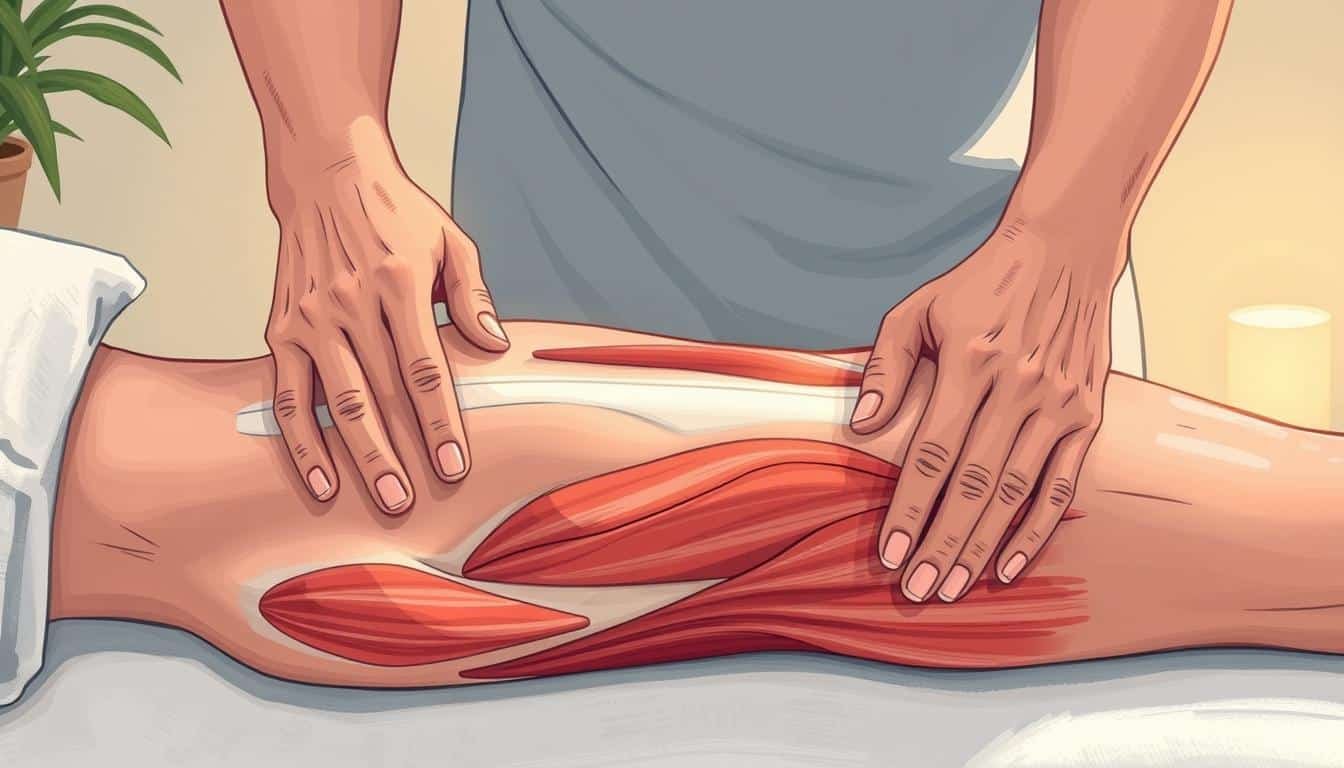






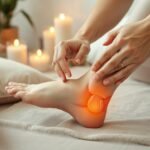
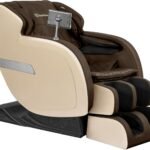

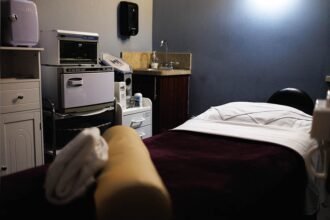

9 Comments
Interesting article, but did it consider possible negative effects of incorrect piriformis massage techniques? Lets not overlook that.
Interesting read! But, shouldnt there be more emphasis on potential risks and pitfalls of DIY piriformis muscle massage?
Interesting piece, but shouldnt we also address the role of stretching in preventing piriformis issues? Just a thought.
I wonder, could a wrong technique aggravate piriformis issues? The article didnt seem to touch on potential risks.
Interesting info on the piriformis muscle. But, how often should these massage techniques be done for optimal results?
Interesting read! Could deep tissue massage potentially worsen Piriformis Syndrome, or would it primarily be beneficial?
Interesting read but shouldnt there be more emphasis on the potential risks of self-massaging the Piriformis? Just a thought.
Interesting read, but does anyone else feel the techniques are too simplified? Maybe more detailed steps would help beginners.
Hey guys, isnt the piriformis muscle more prone to injury if its massaged too aggressively? Lets consider the risk factors too.